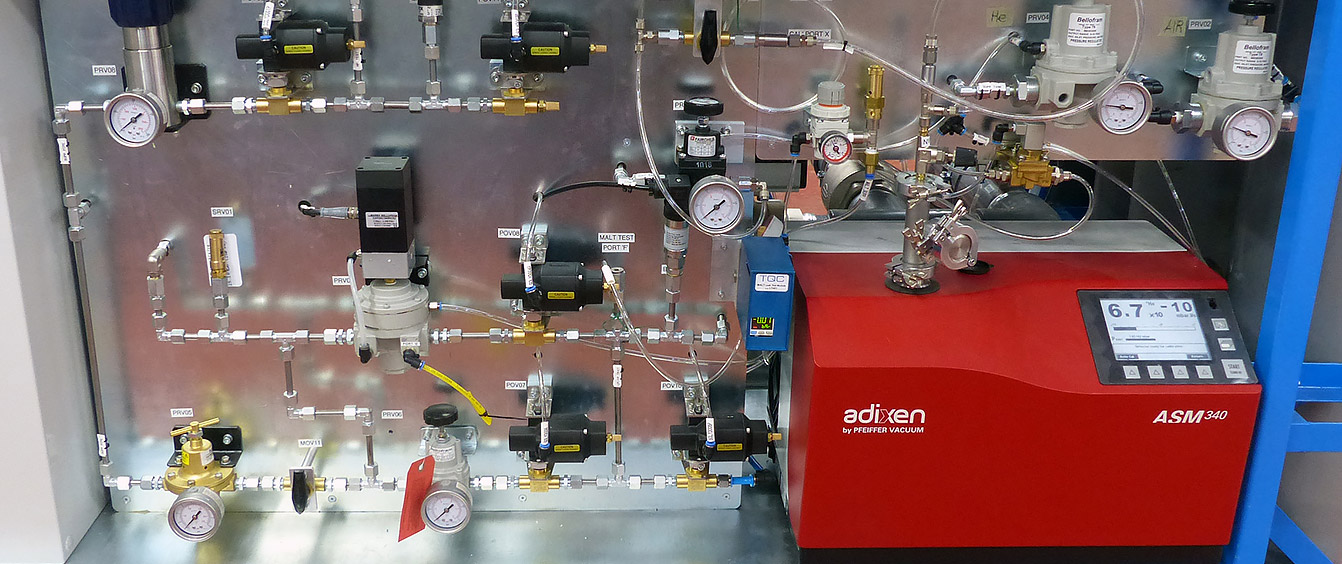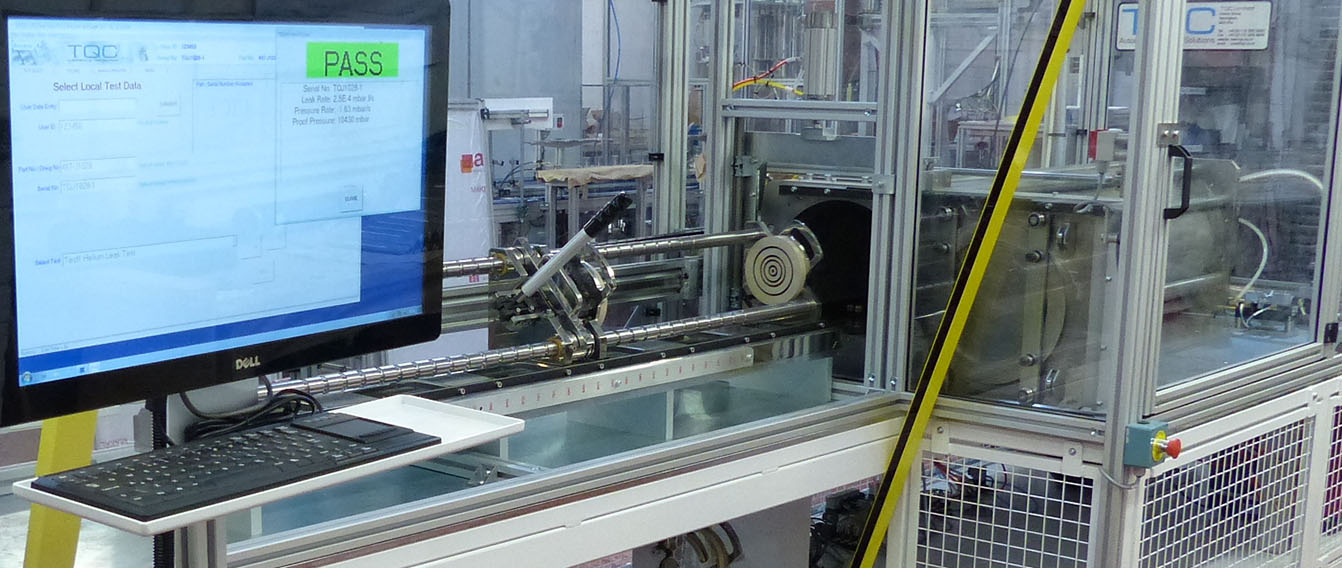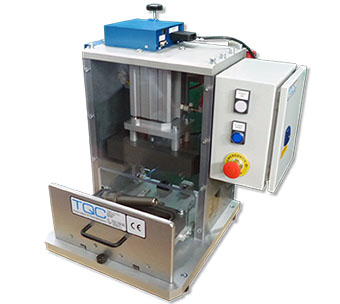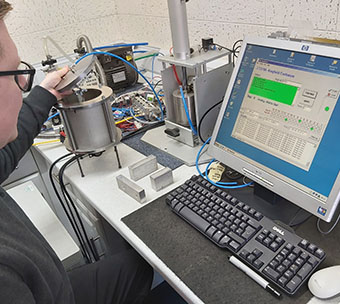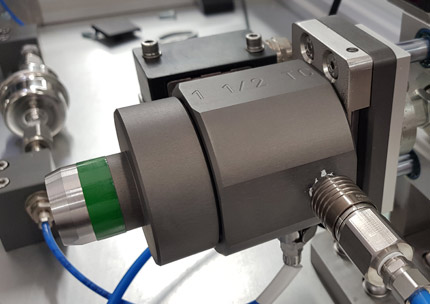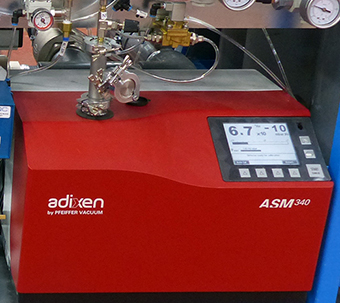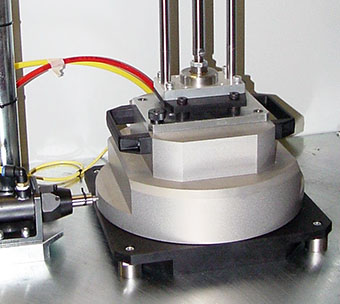TQC provide helium leak test solutions for all types of components.
A Guide to the Fundamentals of Helium Leak Testing outlines what helium testing is and the benefits of using it.
Helium leak testing is generally used when leak test specifications are too stringent for pressure decay, or where the component is large in volume or not stable in shape or temperature. The leak measurement resolution may be typically 1 x 10-6 atm.mm3/sec
Using helium as the test gas in leak testing allows for smaller leaks to be found. This is important for many applications for example for air conditioning system or for fuel tanks where acceptable leakage is very small and test volumes can be very large. This test method will again give pass / fail results but can also be used to determine leak location. The part under test can be put into a mode where a helium sniffer can be used to locate the leak. In some cases, helium sniffing alone can be used to leak test parts. The validity of sniffing is based on the acceptable leakage rate.
Comparing Leak Testing Methods, Helium Leak Testing features are –
- Most sensitive (1 x 10-6)
- Independent of temperature
- Independent of volume
- High throughput
- Most expensive
- Most complex
In summary, if air decay leak testing cannot be used the natural ‘next choice’ is to consider helium testing. The leak test equipment is more complex and more expensive but is it is also more sensitive!
If you wish for TQC to look at your application and advise the best test solution we are always happy to do this. We understand the cost constraints that are ever-present and will always balance the technical requirements with the equipment costs.
Previous helium leak test equipment from TQC can be seen in our case studies.


